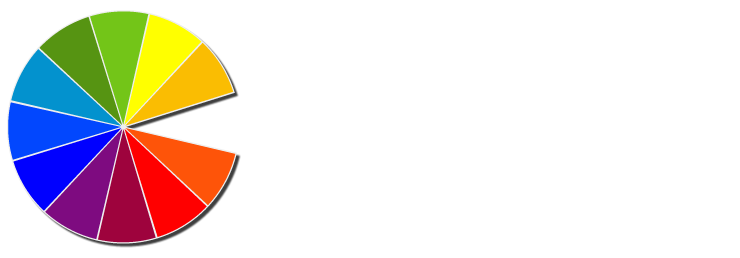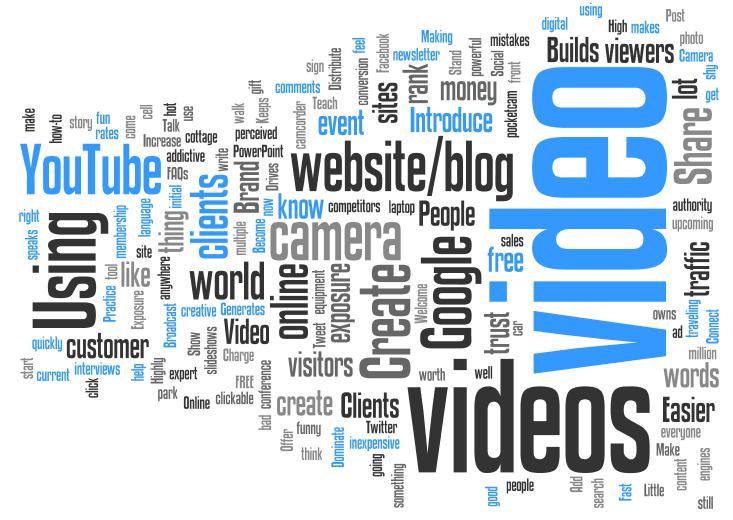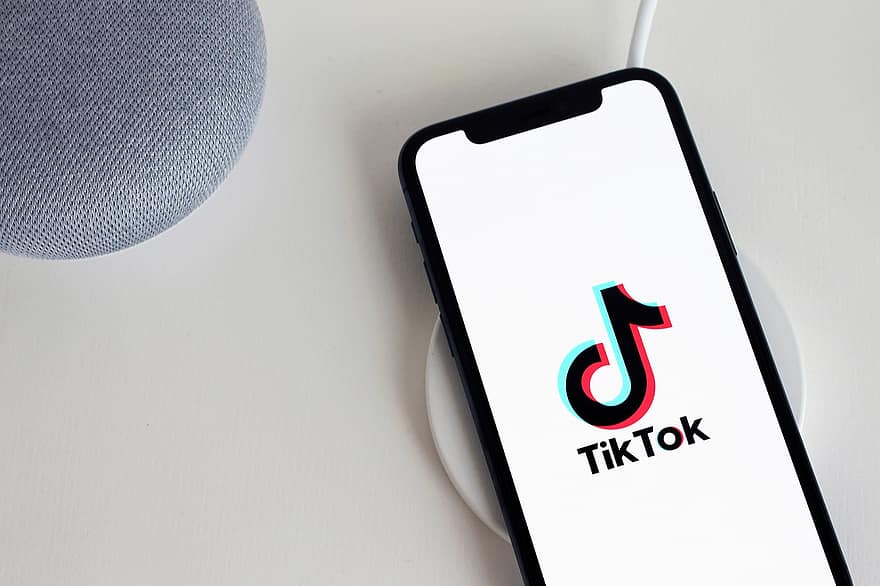These days, the average person spends about 19 hours per week watching videos. They’re all the rage currently, especially with the prevalence of short form content like you can find on TikTok, YouTube Shorts, and Instagram Reels. Content like this can be such a powerful tool for marketing that over 92% of marketers say that video is an important part of their efforts, and 86% of businesses use video as a marketing tool. Videos are a medium that can captivate, engage, and inform like no other, so they’re an incredibly powerful way to connect with audiences and build a brand. If you’re a marketing professional that wants to expand your reach and increase your brand’s visibility, you need to be using video content.
The Importance of Video in Branding
To build a brand in the internet age, businesses need more than just static content. Video marketing has gotten so popular because it makes it easy to convey messages quickly and clearly. When a brand does it well, their video content builds visibility, attracts new audiences, and creates long-term relationships that drive loyalty and sales.
Benefits of Using Video to Build a Brand
Using video to build a brand comes with several benefits. First, video content boosts SEO. Search engines like Google prioritize pages with videos, so a well-executed video marketing strategy can improve organic search rankings. Video also keeps users on a certain page for longer, which reduces bounce rates—another key SEO factor.
Secondly, videos are more engaging than walls of text. Viewers are more likely to remember information when it’s delivered in a visual format, instead of read in a paragraph. This makes them more likely to remember your brand’s message. Therefore, video content can be a game-changer for brands that need to enhance visibility and recognition.
Finally, videos are easy to share across platforms. They can reach incredibly vast audiences when they’re distributed correctly on platforms like YouTube, Facebook, Instagram, or LinkedIn. People are much more likely to share videos than other types of content, so brands that use them consistently see tons of engagement.
Types of Video Content for Building Brand Visibility
There are several types of videos you can use to build a brand and increase visibility. Here are some of the most effective:
- Educational and How-To Videos: These videos help establish your brand as an industry authority. When you provide viewers valuable information, you demonstrate that your business is a trusted source of expertise. This builds credibility and strengthens your relationship with your audience.
- Explainer Videos: Explainer videos break down complex topics or showcase a brand’s product in action. They help simplify your message while showing your value to potential customers.
- Behind-the-Scenes Content: People love to see the human side of a brand. Behind-the-scenes videos show your audience the human side of your team, your values, and your day-to-day operations. This humanizes your brand and creates deeper connections with your audience.
- User-Generated Content (UGC): UGC videos, like customer testimonials and product reviews, give a sense of authenticity that your brand can’t really create on its own. They leverage satisfied customers by using them as brand advocates, which builds a lot of trust with potential customers.
- Live Videos: Live video streaming is a great way to engage audiences in real time. Whether you’re hosting Q&A sessions, product launches, or live events, this format gives your audience an interactive experience that builds excitement and fosters loyalty.
Each of these video types plays a role in video content for building brand visibility. When you mix and match some of these formats, you create varied content for your brand that keeps your audience engaged while reinforcing brand values.
Video Branding Strategies for Marketing Professionals
Now that you understand the benefits and types of video content, the next step is developing effective video branding strategies. Here are some jumping off points:
- Define Your Brand Message: Before creating any video content, you need a deep understanding of your brand’s core message. What do you want your audience to know about your business? Whatever message you choose, you need to make sure it’s consistent across all video content you produce. When you keep the message consistent, your brand will remain cohesive and easily recognizable.
- Know Your Audience: You also need an understanding of your target audience in order to create video content that resonates. What are their pain points? What kind of content do they prefer? Tailoring your videos to your audience will keep your content relevant and engaging. You should align your content with the classic marketing funnel: create awareness at the top, nurture interest during the consideration phase, and then use product demos or testimonials to drive conversions.
- Focus on Consistency: As mentioned above, your branded video content also needs to be consistent so it can maintain visibility. When you’re posting consistently, your brand remains top of mind for your audience. Develop a content calendar and release videos regularly—it doesn’t matter if it’s weekly, bi-weekly, or monthly, as long as you stick to that schedule. This will build familiarity and trust over time with your audience.
- Optimize for SEO: If you’re employing video branding strategies for marketing professionals, there are some video SEO tasks you’ll need to perform. Your videos need relevant keywords in their titles, descriptions, and tags. Think about adding transcriptions and closed captions for accessibility and better indexing by search engines. Google tends to rank pages with videos higher, so you can reach a much larger audience by optimizing for search engines than you would otherwise.
Distributing Videos to Reach New Audiences
Once you’ve created your video content, you need to distribute it to the right platforms so it can reach the highest number of people.
- Social Media: Platforms like Instagram, YouTube, and Facebook are ideal for video content. Each platform has its own audience and algorithms, so tailor your videos accordingly. For example, Instagram Stories are great for short, snappy content, while YouTube works better for longer, more in-depth videos.
- Your Website and Email Marketing: Embed videos on your website and use them in email campaigns to keep your audience engaged. Videos in emails can get you up to three times as many clickthroughs.
- Paid Ads: You can also think about using paid ads to promote your videos on social media platforms. Facebook and YouTube specifically have powerful targeting tools that allow you to reach specific demographics with video ads.
Measuring Success and Refining Your Strategy
All digital marketing strategies require performance tracking and creating video content is no exception. Pay attention to key performance indicators (KPIs) like watch time, engagement rates, and conversions. These metrics will tell you what’s working and what needs improvement. Use them to refine your video content so it keeps meeting your audience’s needs, even as they change over time.
Building Brand Visibility with Video
Every modern marketing professional should have at least a basic understanding of how to build a brand using video content. It’s such a powerful tool for increasing visibility and creating lasting connections with your audience. The benefits of using video to build a brand are undeniable—so you should start integrating video into your branding strategy as soon as possible. When you take the right approach and make a consistent effort, video content will cause your brand visibility and audience engagement to skyrocket.





